T-Mobile picks up some more low-band spectrum while adjusting its mid and high-band holdings

By 2017 T-Mobile had already started to pick up more subscribers although there hadn't been much of a change in the performance of the carrier's service. With 5G not too far away in the company's future, T-Mobile took the first step toward becoming the nation's 5G King by winning 45% of the 600MHz low-band spectrum auctioned off by the FCC. The 31MHz of low-band eventually was used to power T-Mobile's nationwide 5G which was a perfect fit. That's because low-band airwaves travel great distances and penetrate buildings better although they do not deliver zippy download data speeds.
T-Mobile's $26 billion purchase of Sprint was a huge strategic home run fir the wireless provider
T-Mobile's big move was the $26 billion purchase of Sprint. It took a long time before many casual observers of the wireless scene figured out what T-Mobile was up to. After all, why would a carrier that all of a sudden was relevant want a badly lagging wireless firm like Sprint? We figured it out fairly early. T-Mobile was gunning for Sprint's hoard of mid-band 2.5GHz spectrum. What T-Mobile realized was that the carrier with the most mid-band spectrum was going to control 5G in the U.S.
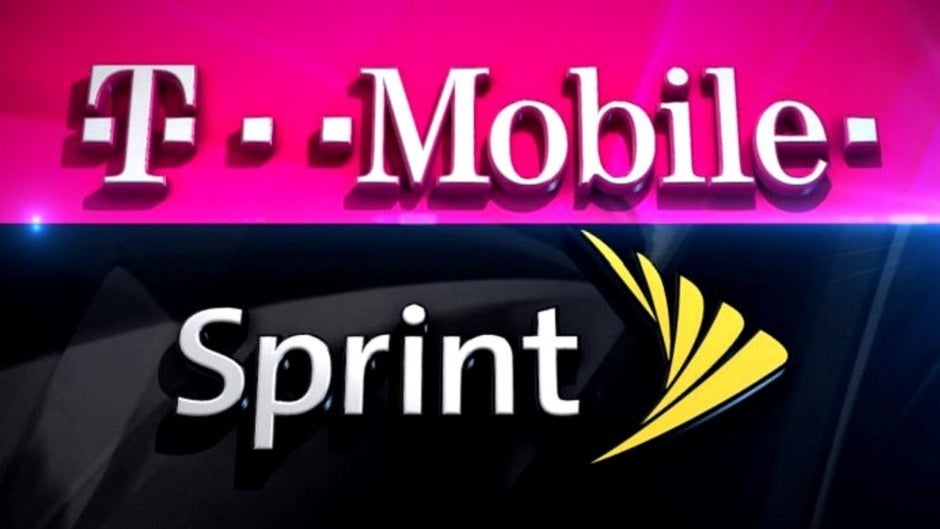
T-Mobile's purchase of Sprint helped the former become America's 5G King. | Image credit-PhoneArena
While mid-band didn't deliver gig download speeds like high-band mmWave does, it travels greater distances than mmWave. While the carriers who were building out 5G using mmWave like Verizon and AT&T bragged of fast download data speed, the fact that they traveled small distances meant that most Verizon and AT&T customers couldn't access mmWave signals. Not only did mid-band travel greater distances than mmWave, it also was faster than low-band. Thus, mid-band was dubbed the Goldilocks of 5G spectrum.
Eventually, Verizon and AT&T had to join the mid-band parade and they did so via the purchase of C-band in the mid-band frequency range of 3.7GHz-3.98GHz. Winning FCC auctions to end up with the C-band spectrum ended up costing the pair more than $68 billion but it eventually might help AT&T and Verizon challenge T-Mobile for 5G supremacy in the U.S.
T-Mobile has decided to add some more low-band spectrum to the mix by leasing spectrum from Grain Management. The word on the street is that T-Mobile will use the 600MHz airwaves to cover some gaps in its nationwide 5G coverage. T-Mobile is leasing these licenses for only one year which provides the carrier with the flexibility to renew the leases after a year or negotiate with Grain on a deal that would allow T-Mobile to purchase the spectrum outright.
The latest 600MHz purchase by T-Mobile is valued at $675.2 million
Thanks to the 5G radios that T-Mobile employs, the carrier should be able to put the spectrum from Grain Management to use right away. The deal between T-Mobile and Grain involves 26 spectrum licenses in areas including Raleigh, North Carolina; Portland, Oregon; Sarasota, Florida; and Austin, Texas. Airwave Research, a firm that tracks the ownership of spectrum in the U.S. computes the valuation of the spectrum involved in the T-Mobile-Grain deal at $675.2 million.
In 2023, T-Mobile purchased nearly all of Comcast's 600MHz spectrum a year after spending $3.5 billion to buy 600MHz licenses from Columbia Capital. While it is doing all of this wheeling and dealing with its 600MHz airwaves, it is giving up or selling its mid-band and high-band spectrum. In 2024, T-Mobile sold all of its 3.45GHz mid-band spectrum to Columbia Capital.
The FCC last year gave T-Mobile the green light to dump some of its high-band millimeter wave (mmWave) spectrum that T-Mobile said cannot be easily made accessible in a manner that will help the public. One part of mid-band where T-Mobile continues to build inventory is the 2.5GHz area that first piqued T-Mobile's interest when it bought Sprint.

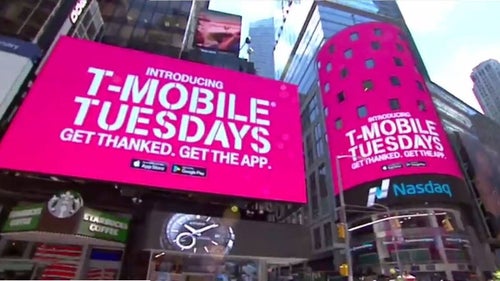


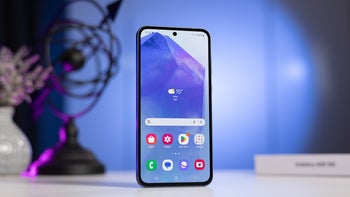
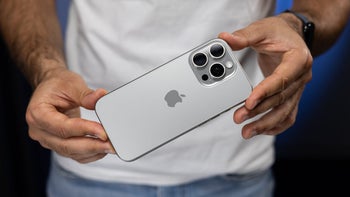
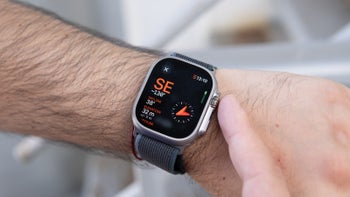
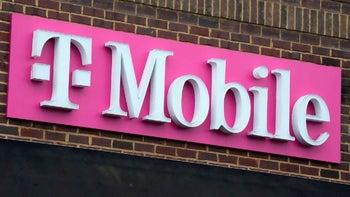

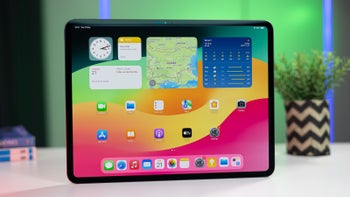
Things that are NOT allowed: